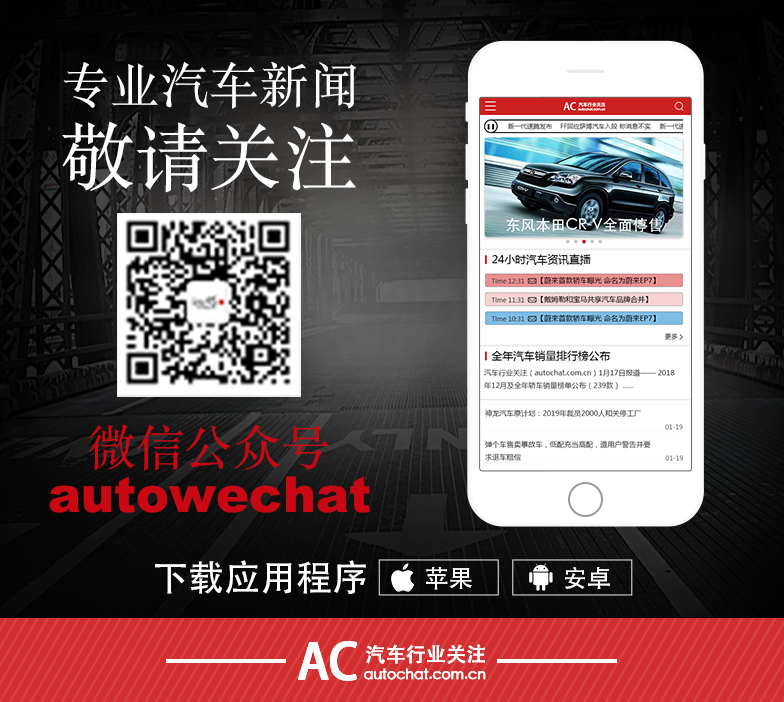In addition to Weibo, there is also WeChat
Please pay attention

WeChat public account
AutoBeta


2024-11-17 Update From: AutoBeta autobeta NAV: AutoBeta > News >
Share
AutoBeta(AutoBeta.net)08/15 Report--
On August 8th, a video of an ideal ONE rear-end construction vehicle in front of it was circulated on the Internet. The video shows the car turning on driving assistance at the speed of 77km/h on the highway, and a construction vehicle with a clear text hint appears in front of it. Although the obvious words "slow down" were written on the construction vehicle, neither the driver nor the ADAS system applied emergency braking or deceleration brakes, which eventually led to the rear-end collision of the construction vehicle. However, fortunately, the engineering vehicle in front is equipped with an anti-collision trailer, otherwise the consequences of directly crashing into the construction vehicle will be unimaginable.


As can be seen from the status bar above the driving recorder, the ACC adaptive cruising and lane maintenance assistance functions are turned on when the owner is driving. At the same time when the vehicle collides, the vehicle instantly switches to neutral, automatically turns on the emergency flasher, and shows that the brake pedal of the vehicle is pressed, and the installation airbag of the co-driver pops up directly. Fortunately, no one was injured in the accident, and the ideal ONE has been sent for repair.

In response to the accident, the official response of ideal Automobile said, "the user has turned on the NOA function, but the user has been in a situation of selling, that is, he has not grasped the steering wheel." In addition, the accident was beyond the scope of the 2021 ideal ONE ADAS (stationary vehicle). " At the same time, it said, "at present, the accident has been dealt with, and the user agrees on the cause of the accident."
It is understood that the ideal ONE-assisted driving functions include front collision warning, automatic emergency braking, side blind area assistance, lane departure warning, lane maintenance assistance, full-speed adaptive cruising, full-scene visual parking and so on. Among them, AEB automatic emergency braking is also a very important part of vehicle active safety, which means that when the vehicle senses that a frontal collision is inevitable, this function will brake the vehicle to reduce the speed so as to reduce the severity of the impact.

In fact, at present, most of the car-assisted driving on the market is at the L2 level, which is still in the stage of man-machine co-driving. drivers should keep their attention at all times in the driving environment, and when they encounter abnormal or potential danger, they should immediately carry out manual intervention. Li Xiang, founder of ideal car, also said: "at present, the combination of camera and millimeter wave radar is like the eyes of frogs, which is good for judging dynamic objects and almost incompetent for non-standard static objects." The progress of vision at this level is almost stagnant. Even if it is dynamic, the recognition rate outside the vehicle is less than 80%. Do not really use it as an autopilot. "
Whether it is Xiaopeng's NGP, or Tesla FSD, NIO NOP, ideal NOA and other car companies launched driving assistance functions, still can not identify static objects. Therefore, although auxiliary driving can reduce the burden of long-distance driving, in the era of "human-computer co-driving", driving on the road and ensuring driving safety still have to be the first priority.
Autopilot can only play the role of auxiliary driving, not a complete sense of autopilot, the driver needs to always hold the steering wheel after the function is enabled, and take over the steering wheel when necessary. In addition, drivers have the responsibility to be vigilant, drive safely, and control the vehicle at all times, do not rely on the system to deal with sudden emergencies, be sure to observe the road conditions ahead and be prepared to take corrective measures at any time, otherwise it may lead to serious injury or death.

On August 10, a Xiaopeng P7 in Ningbo, Zhejiang Province, suspected of using intelligent driving assistance on a viaduct, collided with a person and a faulty vehicle checking for vehicle faults in front of it, resulting in the death of a passenger in front of it. According to the owner of the Xiaopeng P7, the LCC (Lane Center assist system) function was being used at the time of the accident, and the speed was set to 80 kilometers per hour of the elevated speed limit. the vehicle warning did not go off as usual before the accident, and the owner was distracted at that time, which led to the tragedy.
Welcome to subscribe to the WeChat public account "Automotive Industry Focus" to get the first-hand insider information on the automotive industry and talk about things in the automotive circle. Welcome to break the news! WeChat ID autoWechat
Views: 0
*The comments in the above article only represent the author's personal views and do not represent the views and positions of this website. If you have more insights, please feel free to contribute and share.











© 2024 AutoBeta.Net Tiger Media Company. All rights reserved.